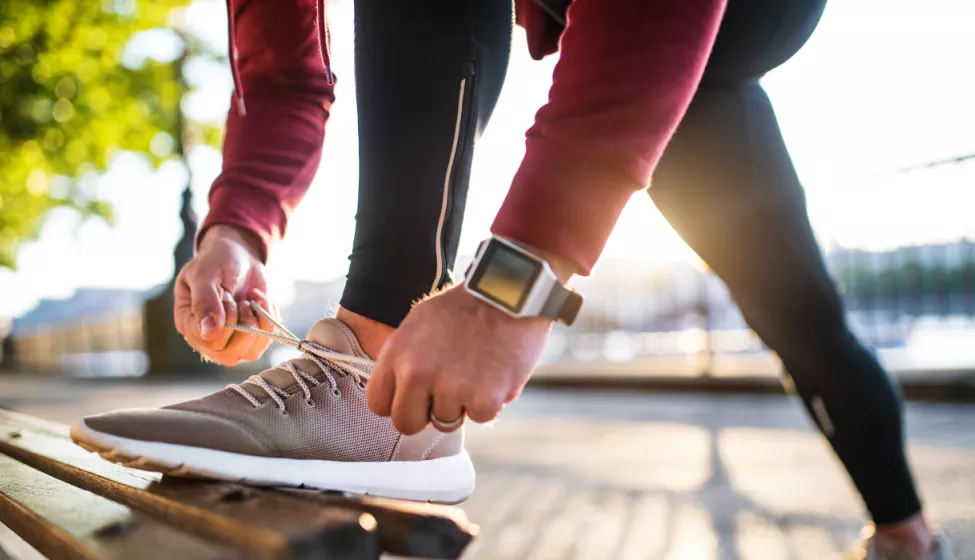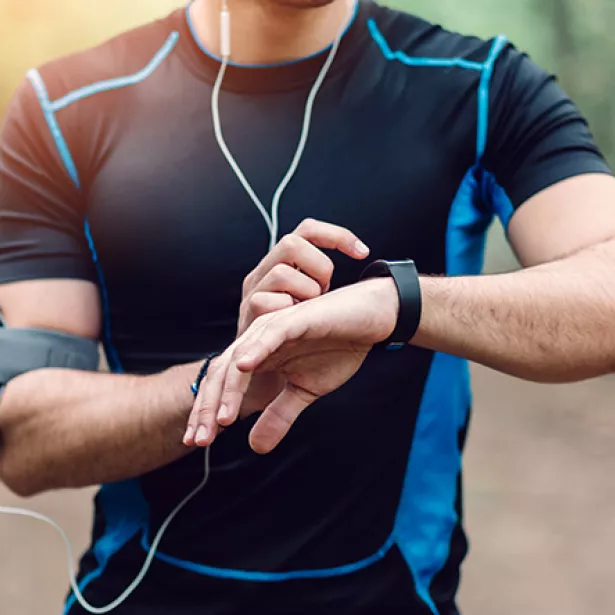September 8, 2022
Gait and mobility tracking with wearables can generate high-quality real-world data for assessing clinical intervention efficacies
The ability to walk is often taken for granted, but it can have a huge impact on health, wellness, and overall quality of life for those with impaired mobility from joint diseases or replacements, prosthetic devices, neuromuscular disease, etc. In fact, human mobility and health are so intricately connected that the ability to walk has been labeled a "vital sign."
While clinical and therapeutic interventions to address a broad range of gait, mobility, and neuromuscular issues continue to evolve, understanding and ultimately optimizing their safety, effectiveness, and value requires evaluating their use over time in actual patient populations and pertinent environments. Traditionally, this kind of evaluation has been conducted through periodic office visits, patient records and surveys, and generalized data aggregation. However, a multidisciplinary, multifaced approach that leverages explicit wearable solutions and platforms offers real-time data-driven insights into daily health and performance experiences and associated long-term results and trends.
Whether used to collect data for individual patient care, clinical trials, or population-level impacts, wearables ranging from consumer-off-the-shelf devices (COTS) to niche technologies can provide innovative ways of generating high-quality, multifactorial real-world data to assess intervention efficacy; enhance patient care outcomes and experience; offer unique and often personalized insights into a broad range of gait, mobility, and underlying neuromuscular outcomes; and drive therapeutic innovation.
Moving the paradigm
The shift from traditional data collection methods towards expanded patient outcome monitoring using wearables has gained momentum in recent years in part due to large-scale patient monitoring requirements during the pandemic.
In recognition of the importance of this shift, the World Health Organization recently published its Global Strategy on Digital Health 2020-2025.
Unlike traditional data collection methods in a hospital, lab, or clinic, wearable solutions enable the collection of a broad range of data that reflects how people move in their natural environment, affording acquisition of continuous, high-volume, comprehensive, and actionable information about gait, mobility, and neuromuscular disease over the short and long term. Specifically, evaluating the success of clinical or therapeutic interventions involving mobility requires assessing a wide variety of metrics, both directly and indirectly, including function, pain, and behavioral and social outcomes.
However, measuring these improvements using traditional methods, such as patient surveys, may be limited because patients are asked to give a subjective evaluation of the quality of their gait. Such approaches make it particularly challenging, if not impossible, for patients to directly associate their explicit gait characteristics with these experienced outcomes.
Conventional gait analysis, while providing viable quantitative measures of gait and mobility, particularly in the acute sense, typically focuses on straight-line, steady-state walking, which does not reflect the inherent randomness associated with moving and navigating the real world. In daily life, patients will typically experience varying walking terrains, speeds, cadences, and durations, as well as turning and avoidance requirements that will directly impact their gait, mobility, and thus the real-world success of any underlying clinical or therapeutic interventions.
Conversely, wearable COTS devices, such as smartwatches, and niche devices, such as inertial measurement units (IMUs), can continuously monitor and report on a broad range of patient, biomechanical, physiologic, and behavioral metrics in the real world, offering unique insights into both acute and longitudinal gait and mobility outcomes. IMUs, for example, can quantify body or segmental motion and resultant gait patterns in a natural environment and thus identify the specificity and sensitivity of numerous mobility parameters to a variety of intervention factors.
Additionally, wearables enhance patient adherence and compliance to clinical or therapeutic interventions by supporting individual engagement through the ability to monitor personal progress in real-time, allowing patients the ability to take ownership of their care.
Stepping up value through better patient outcomes
By generating high-quality, high-volume real-world data continuously over time, wearables provide an expansive and highly diverse data set that allows providers to evaluate the short- and long-term effects of clinical or therapeutic interventions on patient mobility, affording more robust complete data-driven insights into patient-specific gait and mobility characteristics.
Using evolving state-of-the-art machine learning and artificial intelligence approaches, these real-world data can additionally be used to design and inform predictive modeling frameworks for more effective early-stage assessments of intervention strategies, whether at the population or patient-specific level.
Wearables can also help demonstrate and optimize the value of explicit clinical interventions, such as medical devices and implants, surgical interventions, pharmaceuticals, and other therapeutic approaches by guiding the productization roadmap via these continuous real-world data insights. Wearables can be implemented to optimally map these insights to patient compliance and adherence outcomes, which are critical to wearable utilization and execution. In combination with user experience data, this can reveal patterns to provide a comprehensive picture of individual patient outcomes, enabling more efficient patient care.
Taking it all in stride
While wearable data-driven approaches to monitoring gait and mobility have the potential to improve both short- and longer-term patient outcomes, care must be taken to:
- Identify the appropriate target patient population with direct consideration of underlying activity, health, and demographic factors.
- Choose wearable solutions that can optimally inform patient outcomes based on metric requirements, the intended use-case, and the pre-determined population of interest.
- Verify and validate solution-derived data against established ground truths with real-world application relevance before deployment.
- Create and implement means through which to monitor solution-derived outcomes, both in real time and longitudinally based on digestible and actionable insights.
- Establish and implement means through which to assess and enhance patient adherence and compliance, both regarding the wearable solution and ultimately the clinical or therapeutic intervention.
How Exponent Can Help
Exponent's multidisciplinary team of biomechanics, human factors, and real-world evidence experts provides solutions for life sciences clients that leverage wearables and other digital health technologies to unlock value in clinical development, commercialization, and life cycle management to enhance personalized patient outcomes. Our approach integrates our extensive expertise and experience in wearable technology, biomechanics, human behavior, and data science with detailed knowledge of gait- and mobility-related injury, disease, and state-of-the-art intervention modalities to select, validate, deploy, and evaluate optimal technologies and create "fit for purpose" solutions that are scalable and replicable. The result fosters convergent evidence through person-centric engagement and real-world data-driven insights that facilitate demonstrating clinical, experiential, and economic value in practice.
What Can We Solve?
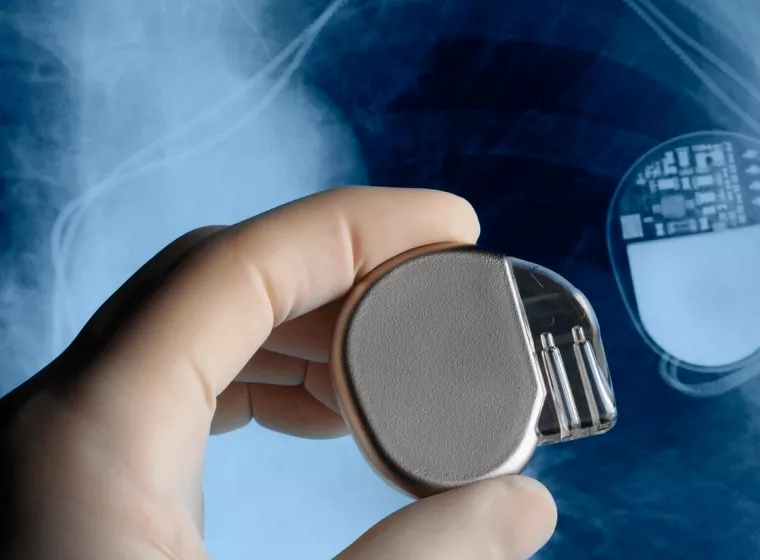
Biomechanical Expertise for Clinical Technologies
Evaluate medical devices and technologies with a top-tier, multidisciplinary approach.
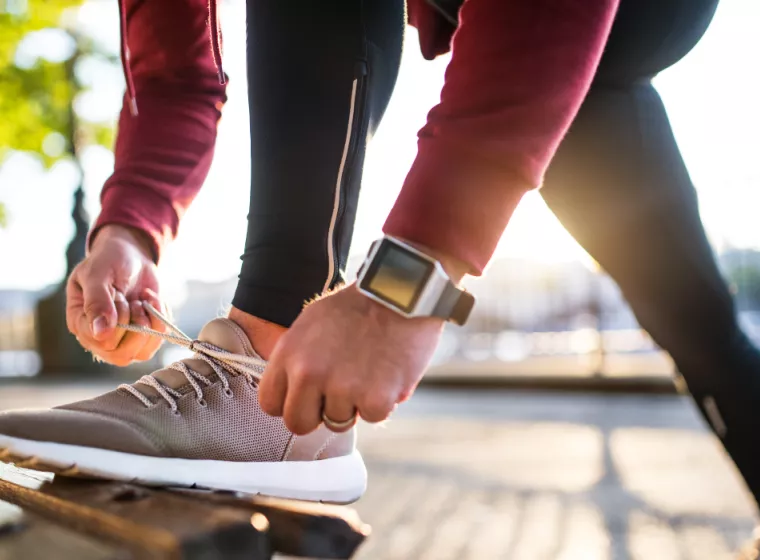
Biomechanical Expertise for Wearables
Leverage wearables to unlock value in healthcare and enhance personalized patient outcomes.
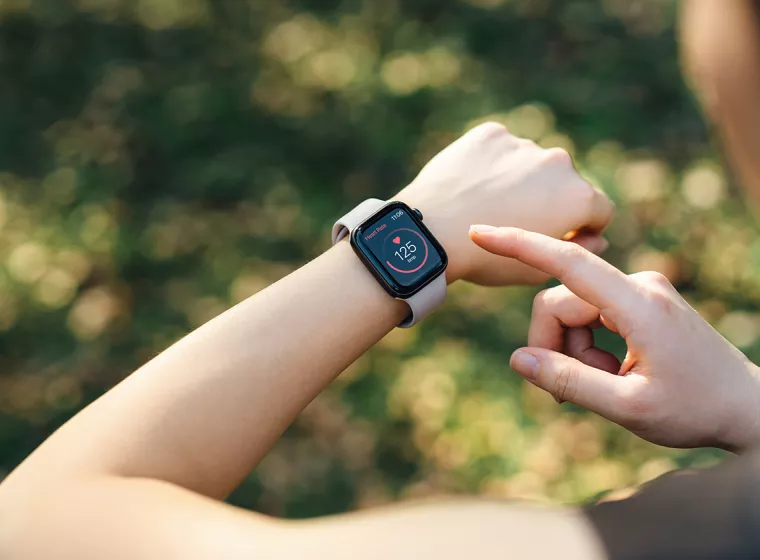
Next-Gen Wearables in Healthcare
Effectively demonstrate the clinical, experiential, and economic value of wearable devices.
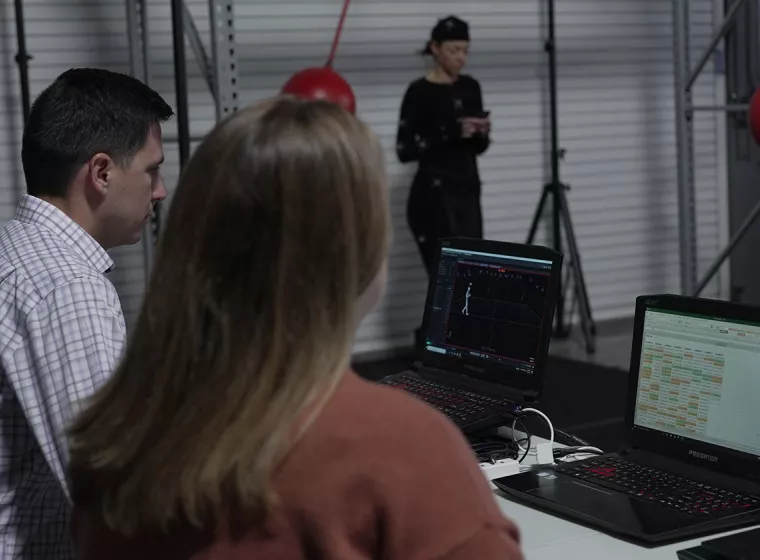
Improve User Research & Testing
Human factors investigations for data-driven product and process design decisions.
